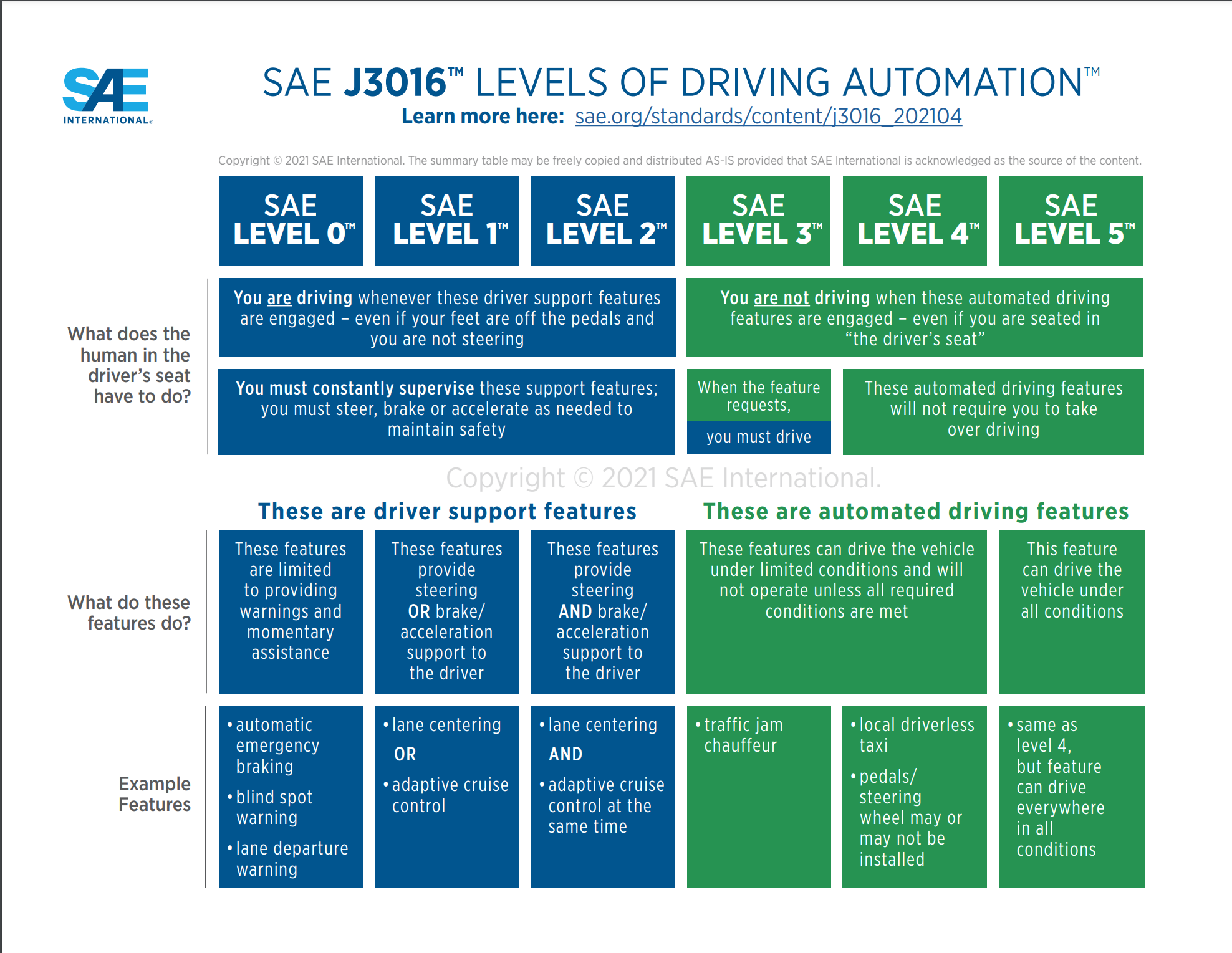In recent years, the automotive industry has witnessed remarkable advancements in autonomous vehicle technology. With the promise of safer and more efficient transportation, autonomous vehicles are revolutionizing the way we travel. However, not all autonomous vehicles are created equal. They operate at different levels of autonomy, each with varying capabilities and requirements. In this article, we will explore the levels of autonomous vehicles, as defined by the Society of Automotive Engineers (SAE), and shed light on what each level entails.

Conclusion: As technology progresses, the levels of autonomous vehicles continue to evolve, bringing us closer to a future where self-driving cars are commonplace. Each level represents a significant step toward achieving full autonomy, with higher levels gradually reducing the need for human intervention. While level 5 remains the ultimate goal, the advancements made in levels 1 to 4 have already transformed the automotive landscape, making driving safer and more convenient. With ongoing research and development, we can expect autonomous vehicles to become an integral part of our daily lives, reshaping the way we perceive transportation.

Absolutely with you it agree. In it something is also thought excellent.
It agree, the useful message